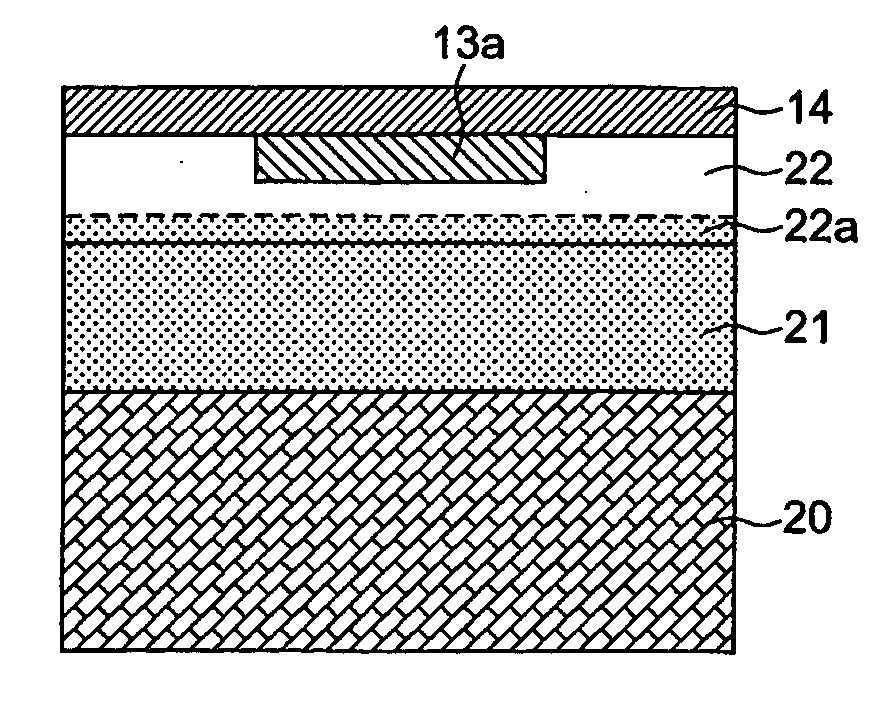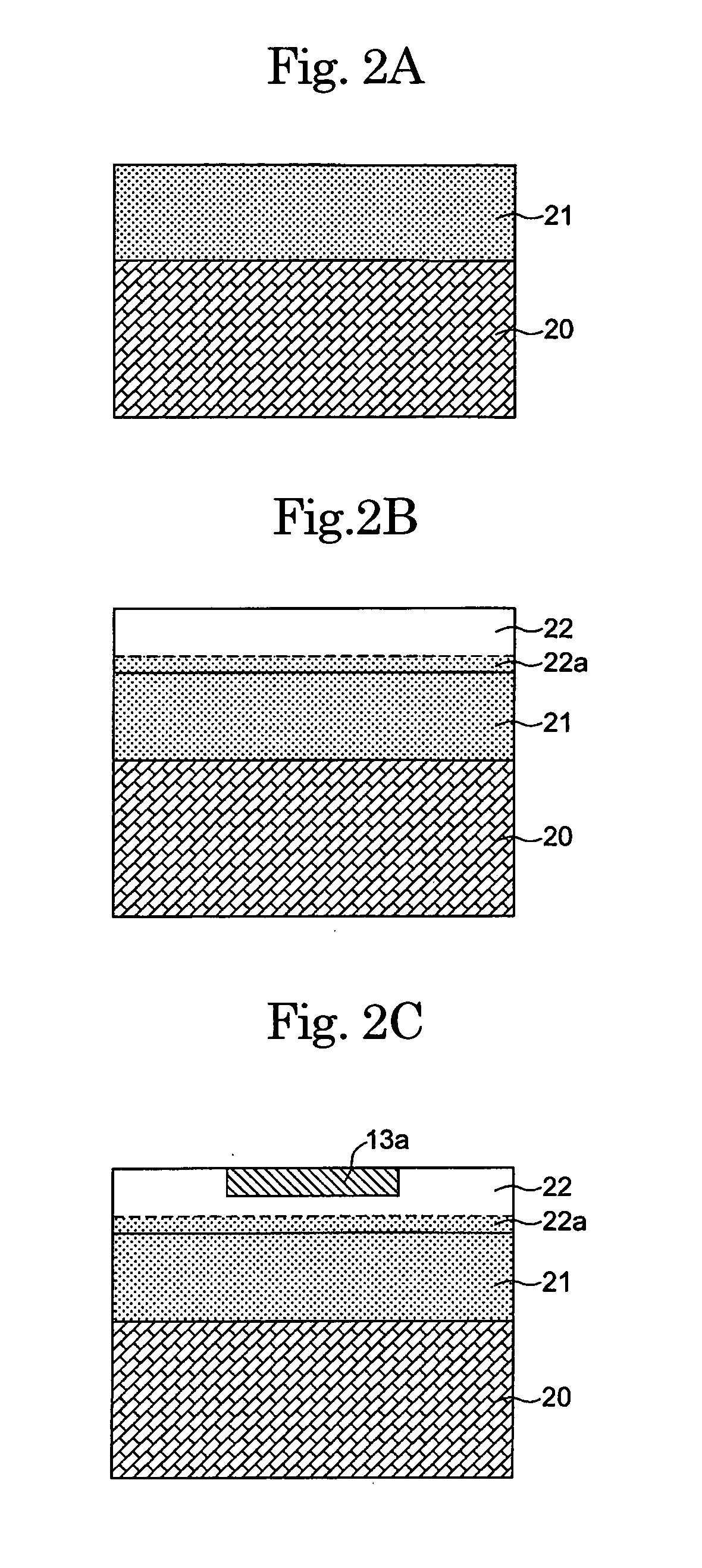Semiconductor device having a gettering layer
a technology of semiconductor chips and gettering layers, which is applied in the direction of semiconductor devices, basic electric elements, electrical appliances, etc., can solve the problems of reducing the mechanical strength affecting the performance of the semiconductor chip, and mixing of incoming heavy metals, etc., to achieve superior transistor characteristics, high rigidity, and sufficient mechanical strength
- Summary
- Abstract
- Description
- Claims
- Application Information
AI Technical Summary
Benefits of technology
Problems solved by technology
Method used
Image
Examples
Embodiment Construction
[0032] Before achieving the present invention, the inventor conducted two experiments in order to study the problem that the reliability of semiconductor devices decreases due to the reduction in thickness and the mirror-polishing treatment of the bottom surface of the substrate. In the first experiment, three types of the lower semiconductor chips were fabricated for use in the MCP module 30 shown in FIG. 5. More specifically, several chips of each type were manufactured as the samples for experiments. Each lower semiconductor chip of the samples-1 had a substrate which was 120 a m thick, the bottom surface of the substrate being subjected to a rough polishing treatment. Each lower semiconductor chip of the samsples-2 had a substrate which was 120 μm thick, the bottom surface of the substrate being subjected to both rough polishing and mirror-polishing treatments. Each lower semiconductor chip of the samples-3 had a substrate which was 100 am thick, the bottom surface of the substr...
PUM
 Login to View More
Login to View More Abstract
Description
Claims
Application Information
 Login to View More
Login to View More - R&D
- Intellectual Property
- Life Sciences
- Materials
- Tech Scout
- Unparalleled Data Quality
- Higher Quality Content
- 60% Fewer Hallucinations
Browse by: Latest US Patents, China's latest patents, Technical Efficacy Thesaurus, Application Domain, Technology Topic, Popular Technical Reports.
© 2025 PatSnap. All rights reserved.Legal|Privacy policy|Modern Slavery Act Transparency Statement|Sitemap|About US| Contact US: help@patsnap.com



